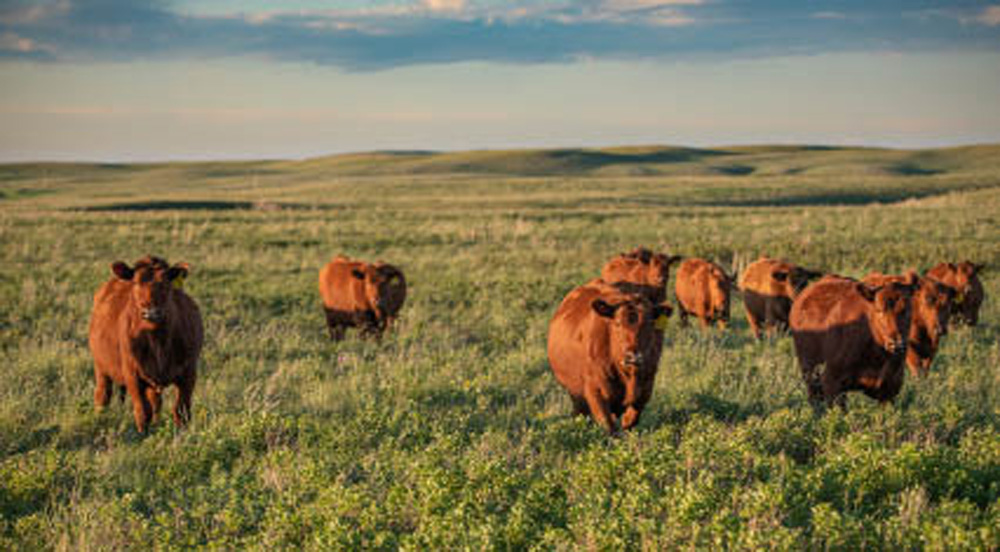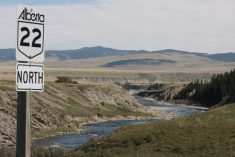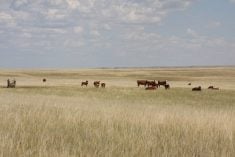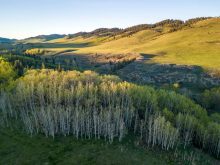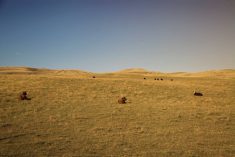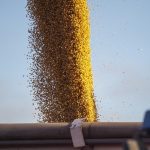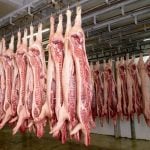After years of planning and fundraising, the Nature Conservancy of Canada has completed a successful campaign to conserve the McIntyre Ranch. Located near the Milk River Ridge 40 miles south of Lethbridge, the 22,500-hectare ranch is the largest conservation easement in Alberta.
“It’s the largest piece of fescue grasslands remaining on the planet. It’s a significant place. And it’s still intact because of the great work that the Thrall family, and the McIntyres before them, have done concerning those grasslands and ranching sustainably on them,” said Jeremy Hogan, director of Prairie Grassland Conservation for the Nature Conservancy of Canada.
Hogan said the easement took about five years to complete. Funders for the project include the government of Alberta, the Canadian government, corporate supporters such as Cenovus Energy, the U.S Fish and Wildlife Service and private funders such as the Gerald A. Cooper-Key Foundation and the Weston Family Foundation.
Read Also

The long march to autonomy
The big players in the machinery market keep adding pieces towards autonomous vehicles for farming, but how far away is a final product?
In February 2013, the Nature Conservancy of Canada, Ducks Unlimited Canada and Ralph Thrall III announced the start of a fundraising campaign to put a conservation easement on the ranch. They completed the campaign in April 2024. Thrall, general manager and chief executive officer of McIntyre Ranch, said he and his siblings had considered the idea of an easement for years. A conservation easement is a legal agreement that protects the natural value of the land through a voluntary agreement restricting land use change in perpetuity. The property can no longer be broken up. It can’t be converted to cropland, subdivided for acreages, or host solar panels or wind generators. The landowner continues to own the land and is still able to conduct their ranching business.
The McIntyre Ranch has an incredible range of native grasslands and over 1,000 hectares of wetlands. The property is home to over 150 species of birds, mammals, amphibians, reptiles and fish. Twenty-seven species of concern can be found on the ranch, including the ferruginous hawk and the chestnut-collared longspur. It’s also home to important grassland songbird populations.
Preserving diversity
Thrall said the Nature Conservancy of Canada, through its conservation easements, is trying to preserve natural habitats and species diversity. Keeping cattle on the landscape helps keep the grasslands healthy and productive.
“The truth of cattle is that they are essential for wildlife and carbon sequestration,” said Thrall. Cattle are also a benefit for grassland health. Grasslands play an important part in the ecosystem, a role that’s often overlooked, he said.
“The fact is that the grasslands of Canada are every bit as important as the rainforests of South America. Eighty per cent of Canadian grasslands have been lost to farming, urbanization or industrial development. Every piece of conservation, all lands that are conserved, are important. We happen to be associated with one that is exceptionally large. We’re just proud of the fact that we are preserving grasslands for species diversity and wildlife habitat.”

Thrall runs about 3,000 cows. Calves are kept over winter, backgrounded and put on grass. “We also have a purebred Hereford and a purebred Red Angus herd of about 200 females, and our main herd is a crossbred herd of both breeds.”
Thrall said he and his siblings have had a very positive experience working with NCC and DUC.
“It’s a win-win for our family, a win-win for the ranch, and a win-win for organizations like the Nature Conservancy of Canada and Ducks Unlimited to create this easement. And it’s been a great challenge. The greater the challenge, the greater the reward. And this has been extremely rewarding for us.”
The NCC’s Hogan said it will be doing ecological monitoring, inventories of the plants and animals that live on the ranch and baseline assessments. “They will continue to operate, business as usual. Hopefully, we can support their stewardship practices. We’re working with Environment and Climate Change Canada to look at what the risks are on the ranch. And once those are identified, we’ll identify what stewardship actions would benefit those specific species and then we can help fundraise for them and find grant opportunities to pay for that kind of work.”
Thrall recommended that anyone who has questions about preserving their farm or ranch contact the NCC. It has launched the Prairie Grassland Action Plan to conserve 500,000 hectares of grassland by 2030. “That’s the number we chose based on the current rate of grassland loss in Canada,” Hogan said. “It’s important to know that only 20 per cent of Canada’s prairie grasslands remain.”
More information can be found at prairiegrasslands.ca.


